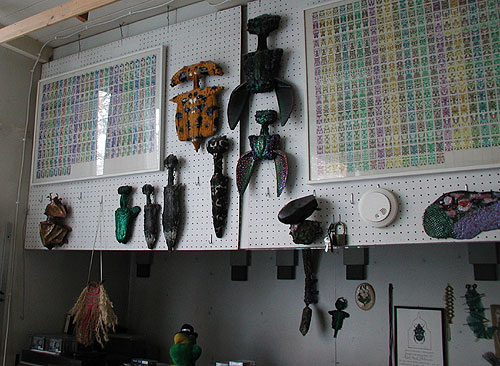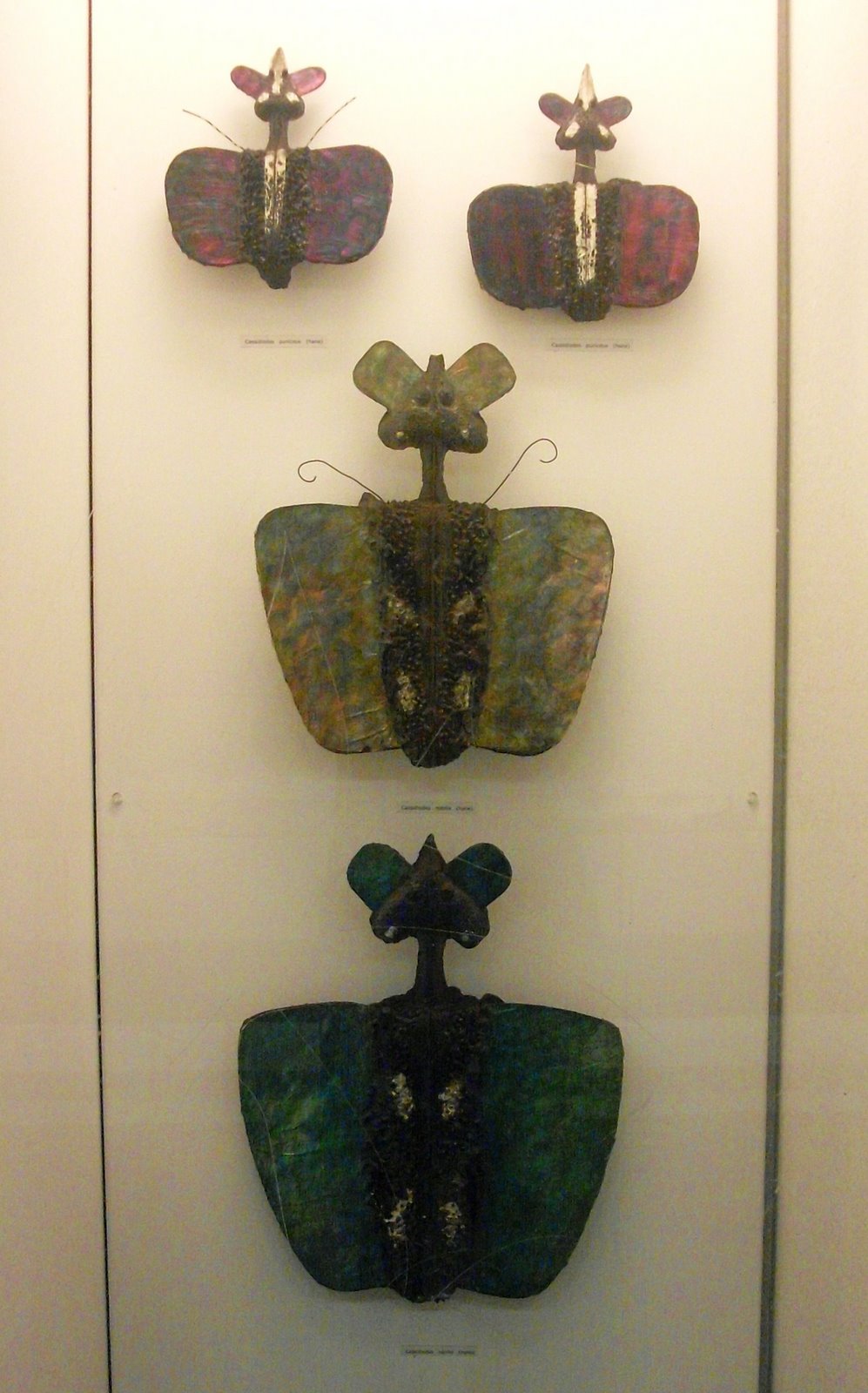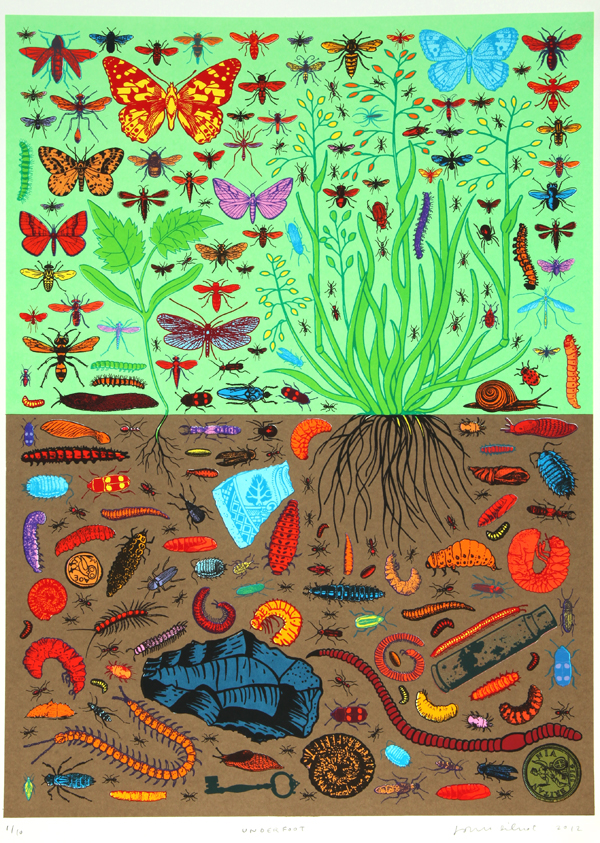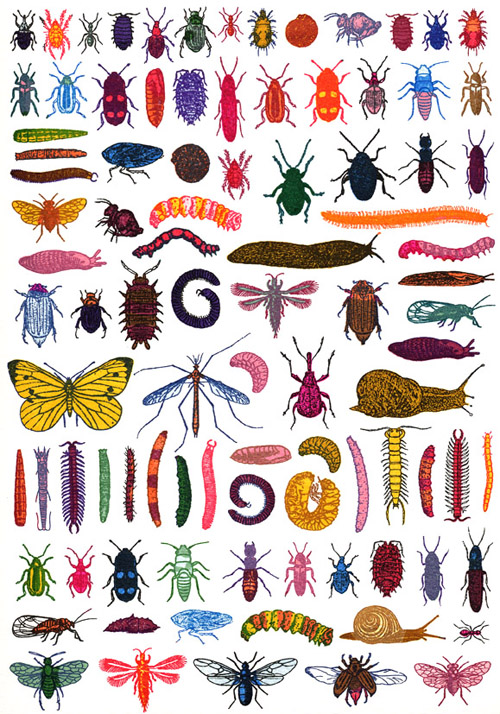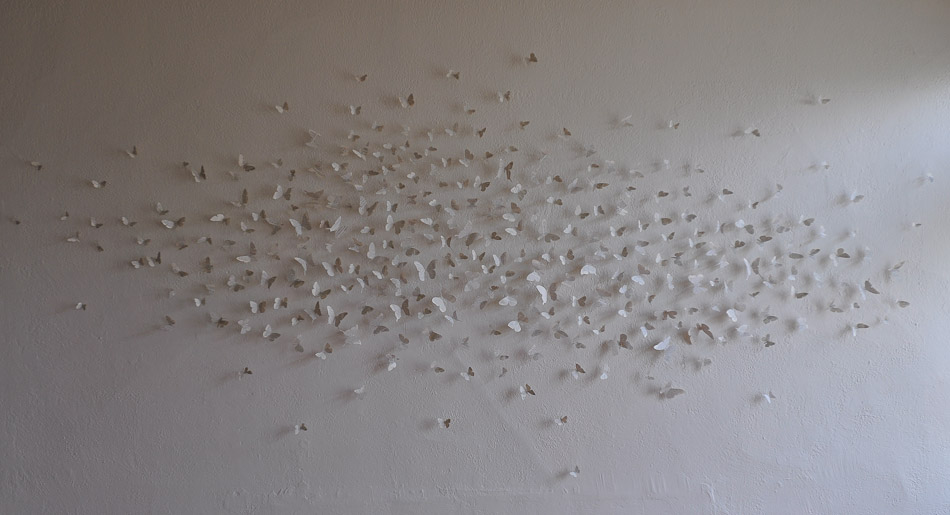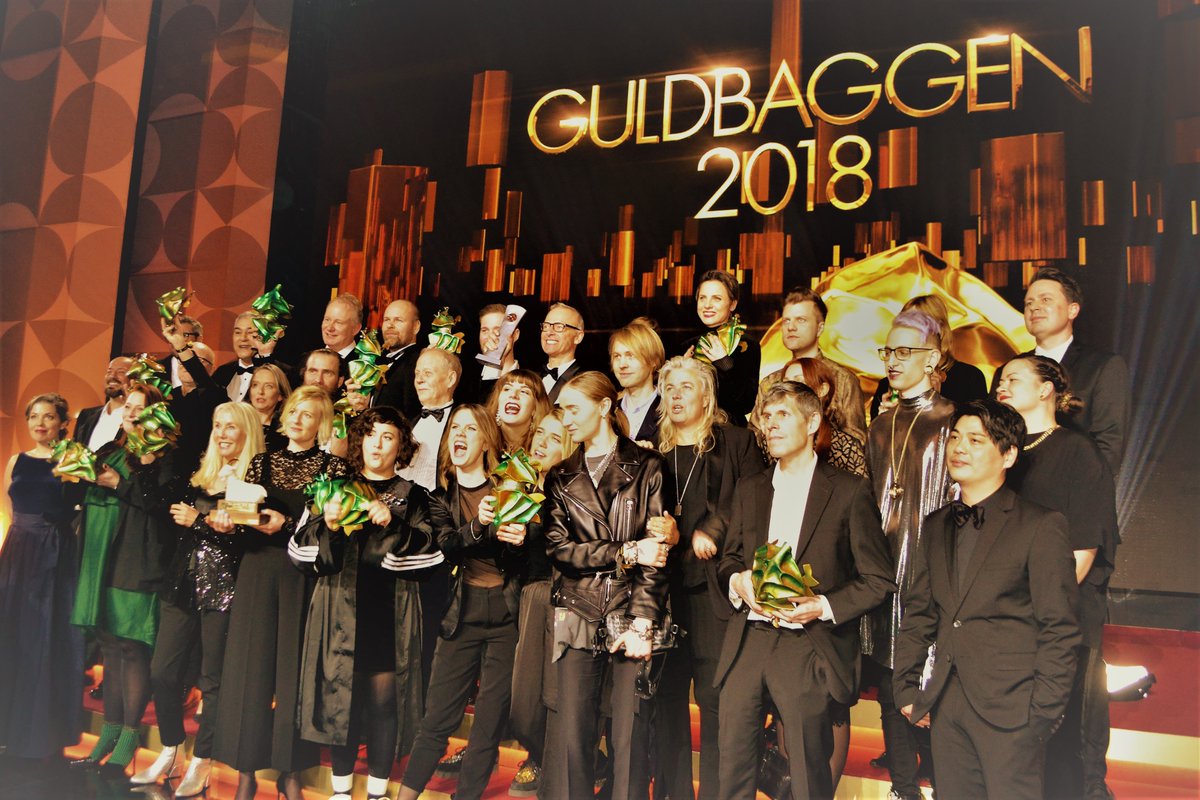
Okay now everybody show us your beetle
Every January, the Swedish Film Institute deliberates over its list of nominations, and in a televised ceremony proudly announces its winners. But instead of being handed some polished ideal of an abstract humanoid figure, they are given a craggy lump of enameled copper that has been hammered by hand into the shape of a rather somewhat crude beetle. It is loud, lumpy, nearly unrecognizable, and it’s the highest honor the Swedish Film Institute can bestow upon their native artisans. It’s the Guldbagge Award, and I can’t help but think that it’s the coolest film award ever made.

The award was designed by Swedish artist Karl Max Pehrson (1921-2005) , a native painter of biomorphic phantasmagoria whose alien plants and lush impossible landscapes rival the Codex Seraphinianus for sheer weirdness. While his paintings won admiration for their fanciful details, his lumpy brutish sculptures were another story. In 1954 a solo show of his work of his sculptures earned some notoriety because critics were turned off by his ‘offensive’ creations. Rough and abstract, his subjects weren’t plants, but another organism dear to his heart: Beetles.
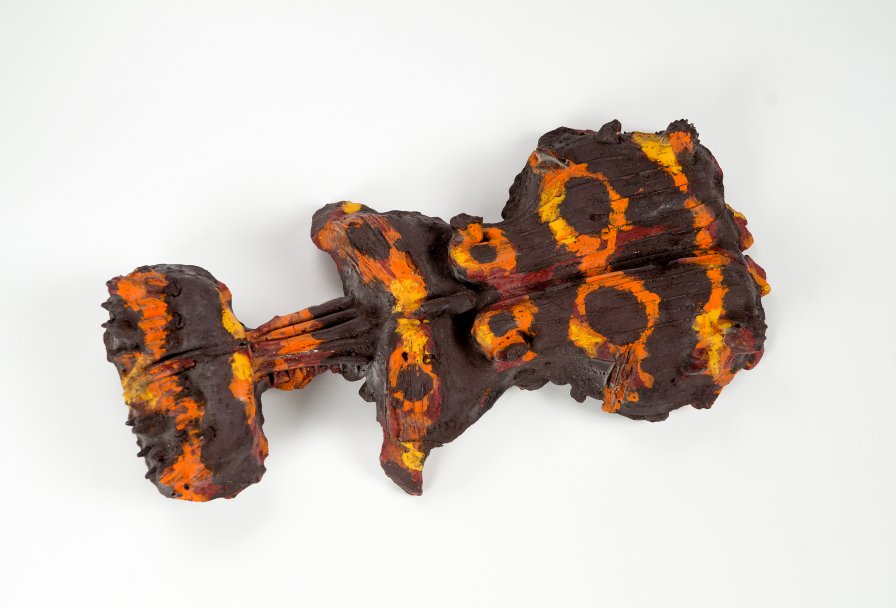
Karl Axel Pehrson, Brown Stone Beetle, 1960

Karl Axel Pehrson, Iameridotta, 1964
Pehrson seemed to have created an uncountable number of beetle sculptures, in glass and wire, stone and clay. Even though they’re clearly insects from another world, his years of intense insect-collecting shines through each sculpture. You can nearly see the real coleopterans he used for inspiration, hovering around each sculpture like a ghost image. In fact the Guldbaggen award that Pehrson designed for the SFI is modeled after a specific beetle, Cetonia aurata, the green rose chafer, that it is common during the Summer months in Sweden.
If you visit Stockholm and take the metro, you’re in for a treat; Inside Gärdet station there are several public displays of Pehrson’s beetles, each with made-up Latin names (that you can even barely read in some of Olsson’s photos below) Sadly, since the installation of “Animals That Don’t Exist” in the late 60’s, some of the beetles have been stolen, and only photographs of those originals remain. No matter what condition, I’d love to view these in person some day.
Even though Pehrson passed away in 2005, his legendary Guldbaggen is still being created, up to 18 a year. Each Guldbaggen is a work of art made by hand, hammered and welded out of copper, then enameled and gilded. Over 300 of these beetles have been awarded since the award’s inception in 1964. And it looks like Sweden has come to really love their strange award. Filmmakers and celebrities gratefully hold up their blocky beetles each year, beaming at the cameras. And then there’s this:

Thank you, Sweden.
The above performance was for the 2003 Guldbagge Awards. You can bet I’ll be watching this January 27th to see what they do this year! ![]()

